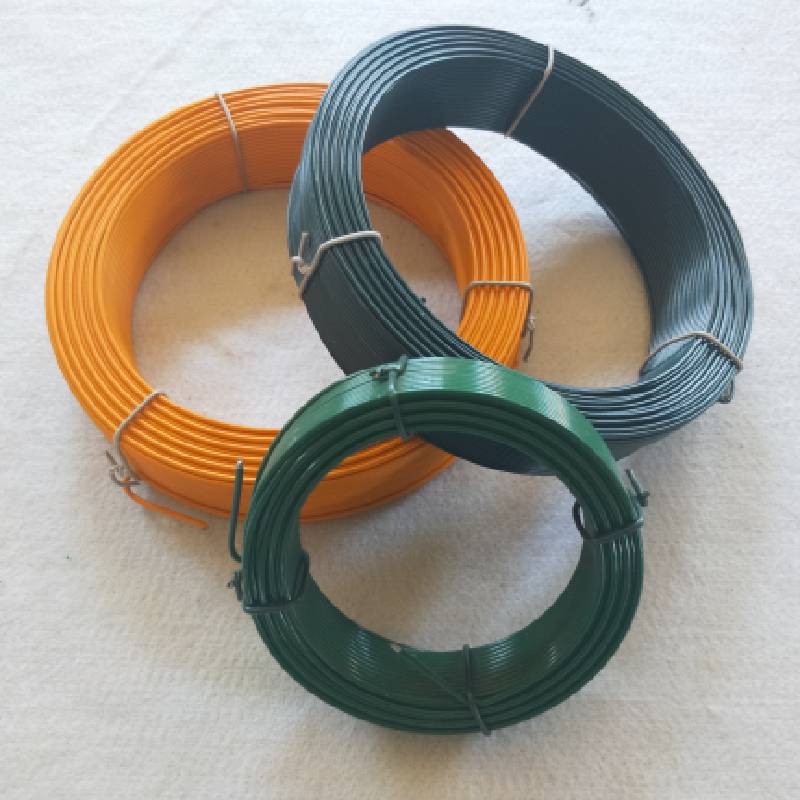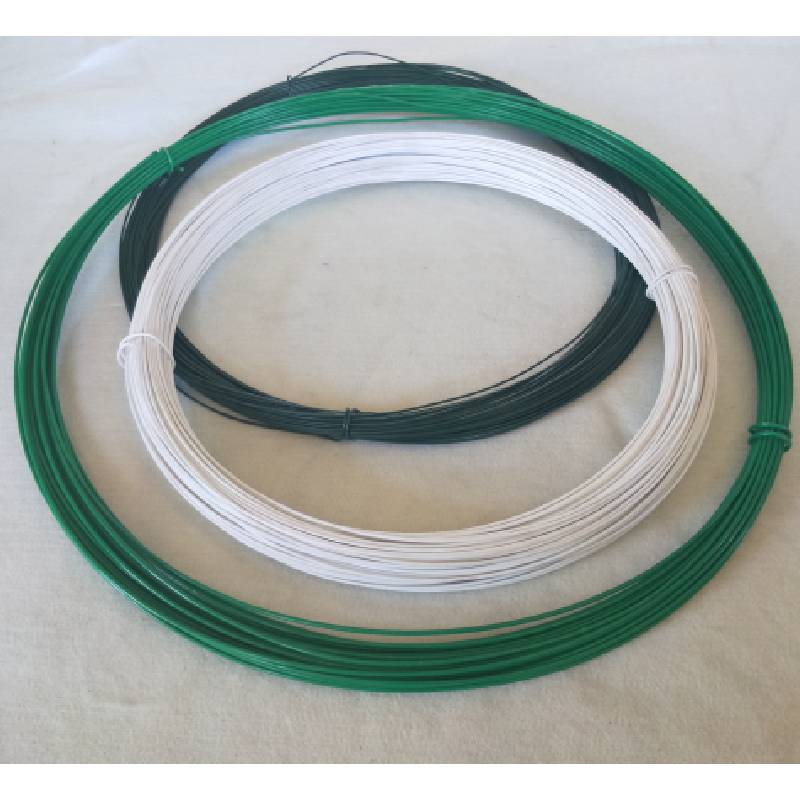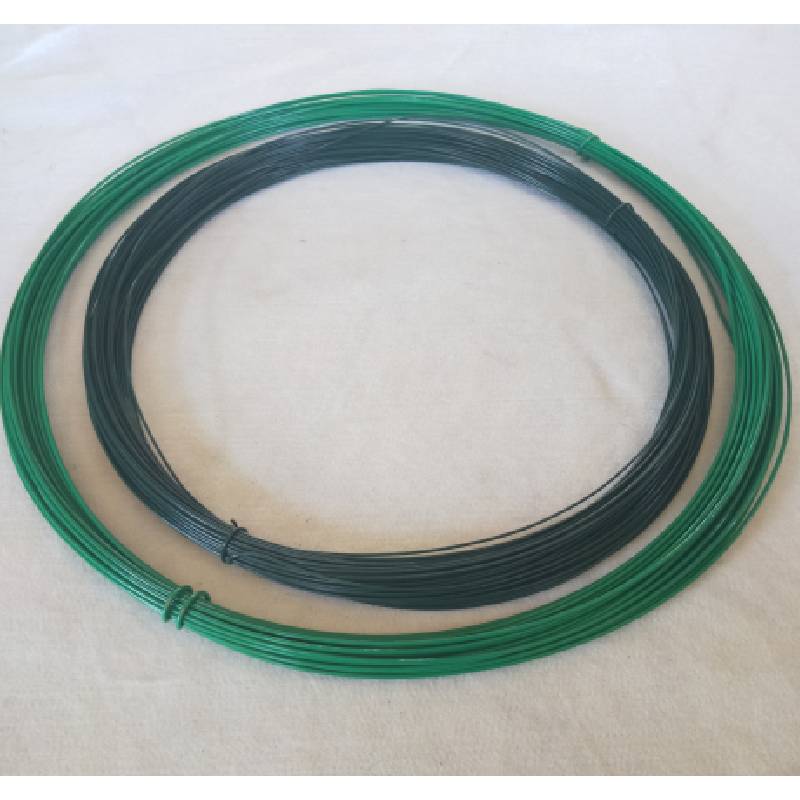If you’ve specified fencing or machine guards in the last couple of years, you’ve probably noticed a shift. Contractors and facility managers keep asking for pvc coated welded wire mesh—not just bare galv. mesh—because it lasts longer, looks cleaner, and frankly, saves headaches. I’ve walked yards in coastal provinces where the old zinc-only fences were chalky and red; the newer PVC-coated lines still looked almost new. That tells you something.

At TikeMetal (origin: East side of Baoheng Road, Zhaobazhuang Village, Tangfeng Town, Shenzhou City, Hengshui City, Hebei Province), the core wires are typically low-carbon steel (Q195), available as common galv. wire or hot-dipped galv. wire. These are welded into panels or rolls, then encapsulated in PVC. It sounds simple; the devil is in coating quality, adhesion, and weld integrity.
| Core wire | Low-carbon steel Q195, zinc-coated (electric or hot-dip) |
| Wire gauge (≈) | BWG 16–8 (1.6–4.0 mm) |
| Mesh aperture (≈) | 12.7×12.7 mm to 100×100 mm |
| PVC coating thickness | 0.4–1.0 mm (real-world use may vary) |
| Tensile strength (wire) | 350–550 MPa (typical) |
| Salt spray | ≥720 h no red rust (ASTM B117) |
| Adhesion | ISO 2409 cross-cut, Grade 0–1 |
| Service temperature | -20°C to +60°C |
| Service life (typical) | 8–15 years inland; 5–10 years coastal with hot-dip + thick PVC |
| Standards touchpoints | ASTM A641/A641M, ASTM B117, ISO 2409, ASTM G154 |

Wire rod → drawing → welding (automatic resistance welders) → zinc coating (electric or hot-dip) → PVC coating (fluidized bed or extrusion) → curing → inspection. Testing usually includes tensile (ASTM methods), coating thickness (ISO 2808), adhesion (ISO 2409), and accelerated weathering (ASTM G154). The layered defense—zinc plus PVC—explains why pvc coated welded wire mesh survives industrial sites and seaside projects better than bare galv.
Advantages? Better corrosion resistance, fewer repaint cycles, safer edges, and yes—looks good. Many customers say installations “disappear” into the landscape when using RAL 6005 or 7016.

| Vendor | Certs | Lead time | Customization | Test data offered |
|---|---|---|---|---|
| TikeMetal (Hebei) | ISO 9001 (typ.), internal CoC | 10–20 days (seasonal) | Colors, gauges, mesh, roll/panel | Salt-spray, adhesion, thickness |
| Vendor B (generic) | ISO 9001 | 20–30 days | Limited colors | Basic CoC only |
| Vendor C (generic) | ISO 9001/14001 (claims) | 15–25 days | Custom mesh, panels | Thickness + UV only |
Color (RALs like 6005/7016/9005), mesh size, wire gauge, roll width (0.9–2.4 m) and length, panel style, and packaging (palletized, film-wrapped). For harsh sites, specify hot-dip galv. core + ≥0.8 mm PVC and ask for ASTM B117 ≥720 h reports. It seems basic, but procurement often skips that line—and regrets it later.

To be honest, the feedback is consistent: pvc coated welded wire mesh costs a bit more upfront, but lifecycle cost wins—especially where brine, fertilizer, or UV chew through paint jobs.
RELATED PRODUCTS